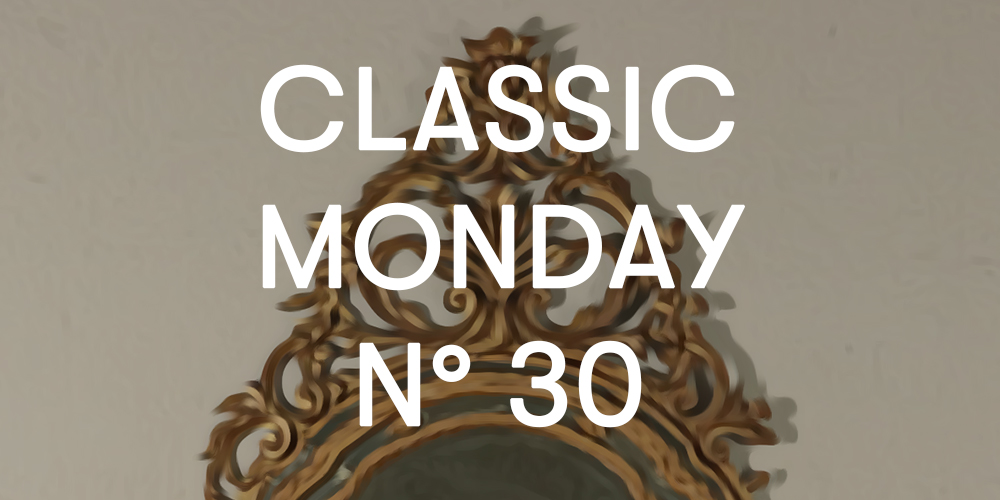
Il nostro Classic Monday di oggi vede come protagonista uno specchiera al mercurio con cornice intagliata e dorata che ci dà l’occasione di riflettere sul tema dell’identificazione stilistica di un oggetto di antiquariato
As we have already mentioned several times, being able to correctly identify the style and the era of production of a piece of furniture or an object, is a fundamental aspect of our work.
But how do you manage to define with a good margin of safety the era of origin of the work?
In our previous appointments we explained how the history of art and styles are not absolutely linear; on the contrary, they present overlaps and continuous references to the past. In the same years it is not unusual to find elements of different styles present in a work.
Contaminations in the artistic world are neither rare nor unusual. They are an expression of the liveliness of cultural environments, of the relationships between various geographical areas and, very often, simply of the taste of the clients or of the artists themselves.
Very interesting are the works made in transition periods, for which the mixture of styles is even more appreciable, often with the achievement of very interesting and curious solutions, but at the same time difficult to date.
At first glance, in fact, the time of realization of the work may seem clear, from characteristics such as the structure or the development of the decoration. But closer examination reveals the need for special reflection.
This is the case of the protagonist of our Classic Monday, an elegant Piedmontese mirror made at the end of the eighteenth century.
The architectural setting of the frame, the refinement and richness of the gilded carving clearly refer to the Louis XIV taste.
The phytomorphic and foliaceous volutes bring back to artistic production under the dominion of the Sun King. The chronological placement of our mirror would therefore seem quite simple. But a more thorough investigation leads to a review of this consideration.
In fact, there are details that must generate doubts in the observer and in attentive scholars.
The feet in the form of fluted shelves with a floral corolla base, the frames with two orders of mirrors, the flowers that find space between the phytomorphic motifs are clearly an expression of a later taste. The influence is certainly that of the Neoclassical taste, established and spread in the second half of the eighteenth century. The dating of the frame must therefore necessarily be postponed with respect to the first impression. It is the elements of later taste that provide the correct chronological foothold.

It is not uncommon to find similar examples: although they are used to distinguishing the various artistic currents quite clearly, the stylistic features tend instead to overlap, to recall and influence each other.
A good antique dealer must therefore also be an attentive observer and a good scholar, have a clear understanding of the characteristics of each style, but always keep in mind the great elasticity with which they were adopted.
The work must become the subject of a meticulous investigation, every detail is fundamental to provide indications, such as a real identity card.















